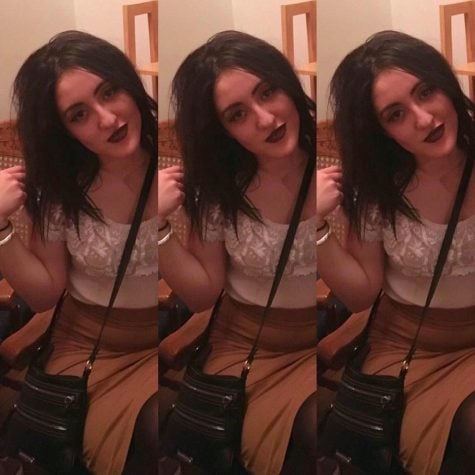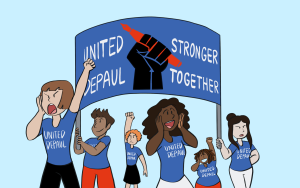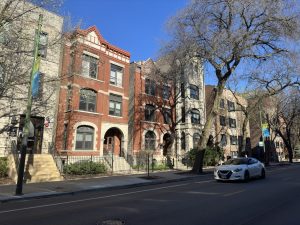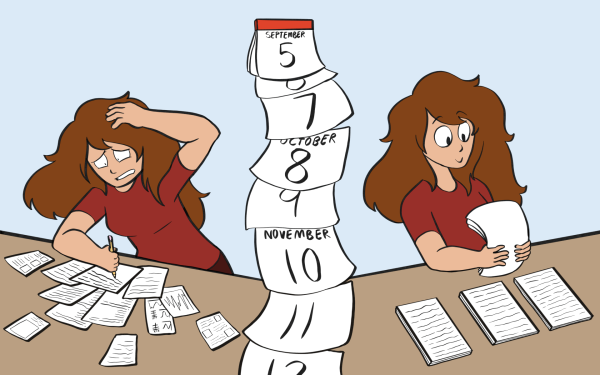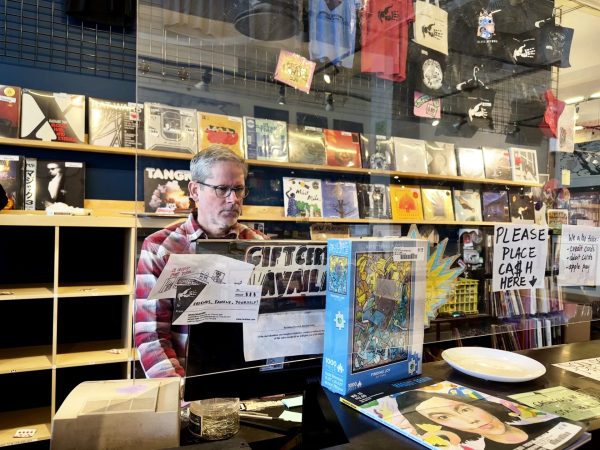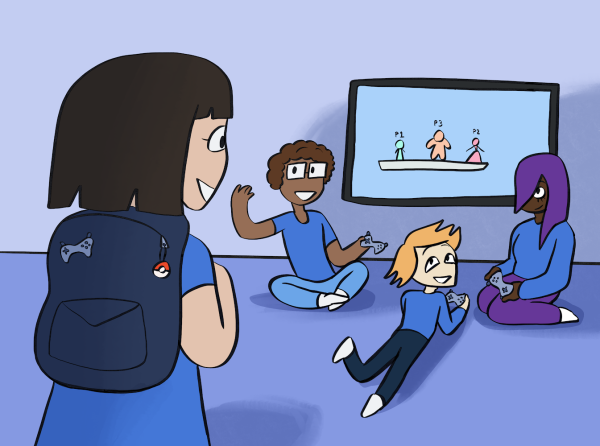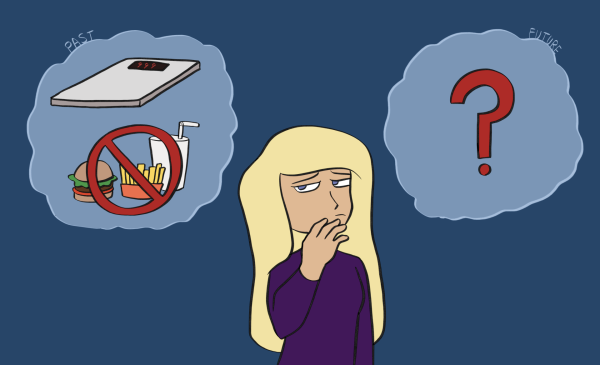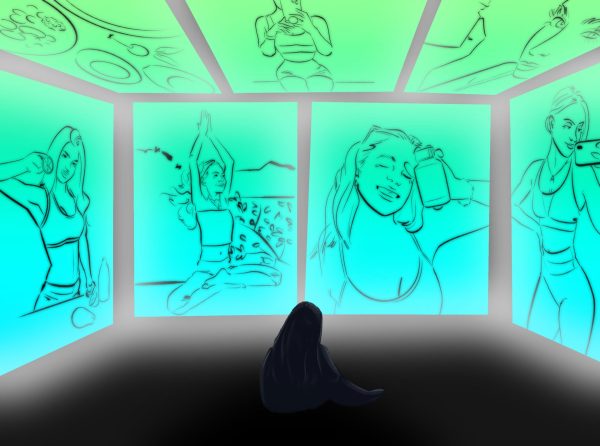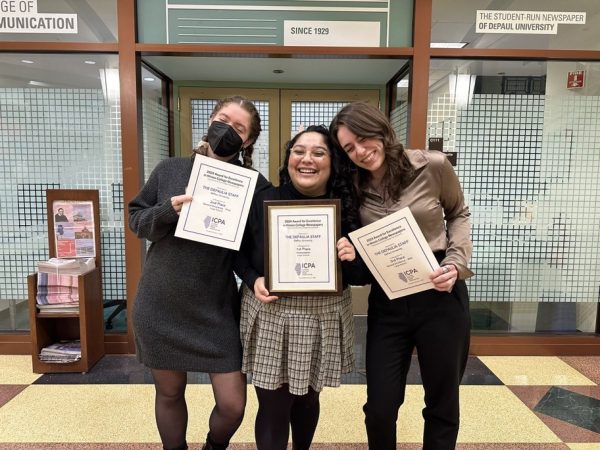Changing the narrative on Chicago’s violence is crucial
May 15, 2017
When people say that DePaul University students live in the Lincoln Park bubble, closed off and away from communities and people that are unlike their own, they typically aren’t wrong. Some of the students who absolutely can’t afford to experience college like this are journalism students.
In April, students from Northwestern University’s Medill School of Journalism traveled to the far West Side of Chicago to complete an assignment. They were joining Michael Romain, editor of Austin Weekly News, in his Oak Park office to follow him into Austin for his “Street Beat” column.
During their visit to Austin, Northwestern student Rachel Wolfe and her partner were caught in a shooting that resulted in the death of a 24-year-old male, who was later identified by the medical examiner’s office as Byron McKinney Jr.
Soon after, a commentary written by Wolfe appeared on the front page of the Chicago Tribune’s website, titled “‘We just got shot at:’ How a college assignment turned horrific.”
“I didn’t go looking for violence — I only wanted to complete my class assignment,” Wolfe wrote. “But just by being in Austin, the violence found me. And now, I have to care.”
Wolfe’s story is definitely unique, but her approach to covering gun violence in Chicago is extremely flawed. Wolfe centered her story around her own experience instead of focusing on how gun violence is the reality that many Austin residents face on a day-to-day basis.
Gun violence in Chicago is nothing new — in fact, some would say Chicagoans are desensitized to the violence. Turning on your local news and listening to summaries of the day’s shootings and hearing about the death tolls feels like déjà vu.
Quick Google searches of neighborhoods like East Garfield Park, Englewood or even North Lawndale pull up headlines that read “Man shot to death in East Garfield Park” or “Man wounded in North Lawndale drive-by shooting” from publications like DNAinfo or the Chicago Sun-Times.
“There’s enough negative stereotypes that are perpetuated through the media,” said senior Emily Becker, who leads the DePaul Community Service Association site to East Garfield Park each week. “You don’t need another article about somebody bearing witness to that.”
Becker said that she has dealt with many students who, even after participating in weekly service, still have negative ideas about the West and South sides of the city.
“I would really like to see some coverage of people that I really admire putting themselves on the line and devoting their life to doing work to restore their communities,” Becker said. “There’s a lot of grassroots organizations that are doing a lot of great things. Why don’t we hear about that? Why are we only hearing about the negative things that are happening in the neighborhood?”
Instead, journalists looking to make a real impact should be focusing on the issues that contribute to gun violence.
Austin has been dubbed Chicago’s “most violent neighborhood,” but this is also due in part to the fact that Austin is the largest of Chicago’s 77 community areas. According to data from the city of Chicago’s crime reports, Austin ranks 15th on a list of the city’s most violent neighborhood.
“I thought it was a moving story, but it painted Austin with a really broad brush,” said professor and director of the Chaddick Institute for Metropolitan Development Joseph P. Schwieterman. “I find that kind of coverage uncomfortable since it plays into stereotypes. I mean, Austin can be a very dangerous place, but there’s a lot of good things happening in Austin.”
Students of journalism at Northwestern, DePaul and universities of the like who are now in their third or fourth year of college, should not now feel as if it is the time to finally care about what is happening on the West and South sides of Chicago.
One of the ways that DePaul students, particularly those studying journalism, may be exposed to communities unlike their own is by participating in weekly service.
The negative stereotypes that students, like Wolfe, have helped to perpetuate about neighborhoods like Austin come from simply not leaving the bubble that their schools have offered them. Because universities like the aforementioned are in parts of the city that are generally very wealthy, white and accessible via CTA, exposure to people in communities like Austin is very limited.
“I think the geography of Chicago allows people to live much of their lives without venturing to the far South Side or the West sides,” Schwieterman said. “It’s different in other cities where you have the rich and poor living in much closer proximity, which creates more interaction between socio-economic classes.”



